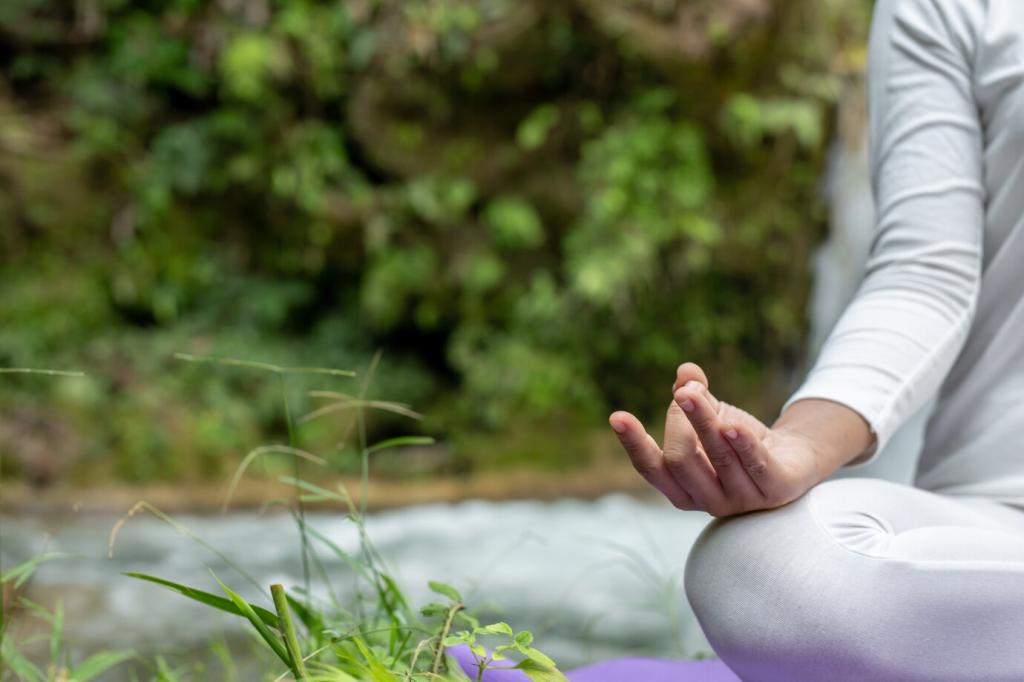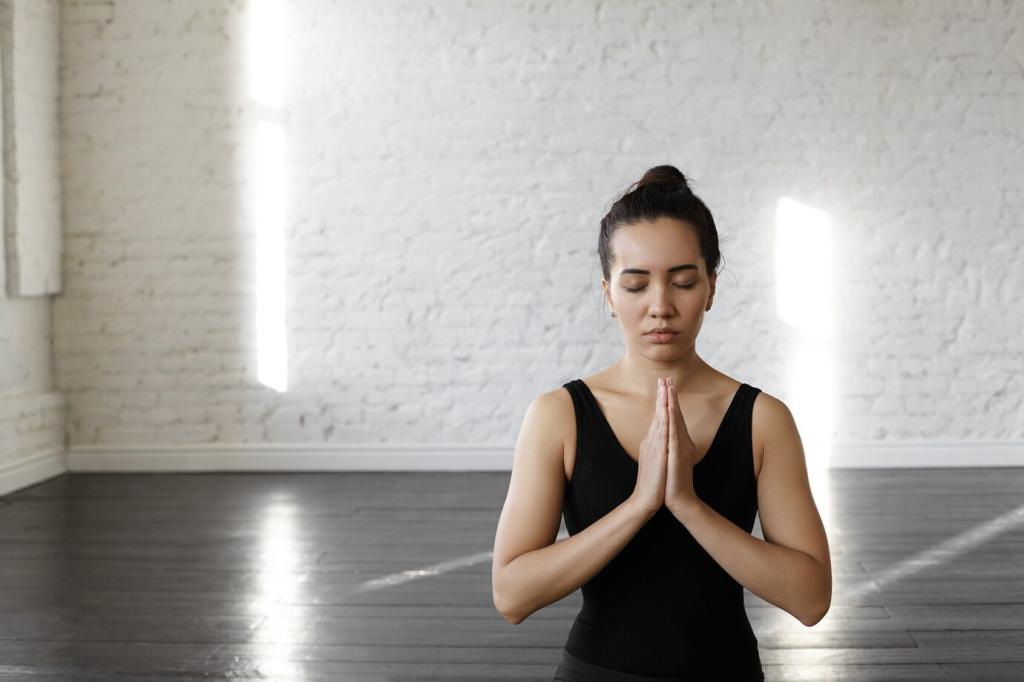The Science of Calm: What Research Says
Slow, attentive breathing activates the parasympathetic nervous system, helping heart rate and cortisol settle. Over time, your body learns a faster route back to baseline, so challenges feel manageable rather than overwhelming.
The Science of Calm: What Research Says
Research links mindfulness practice with changes in brain regions tied to attention and emotional regulation. Think of meditation as a mental gym: repetition strengthens circuits for focus, perspective, and compassionate awareness.





